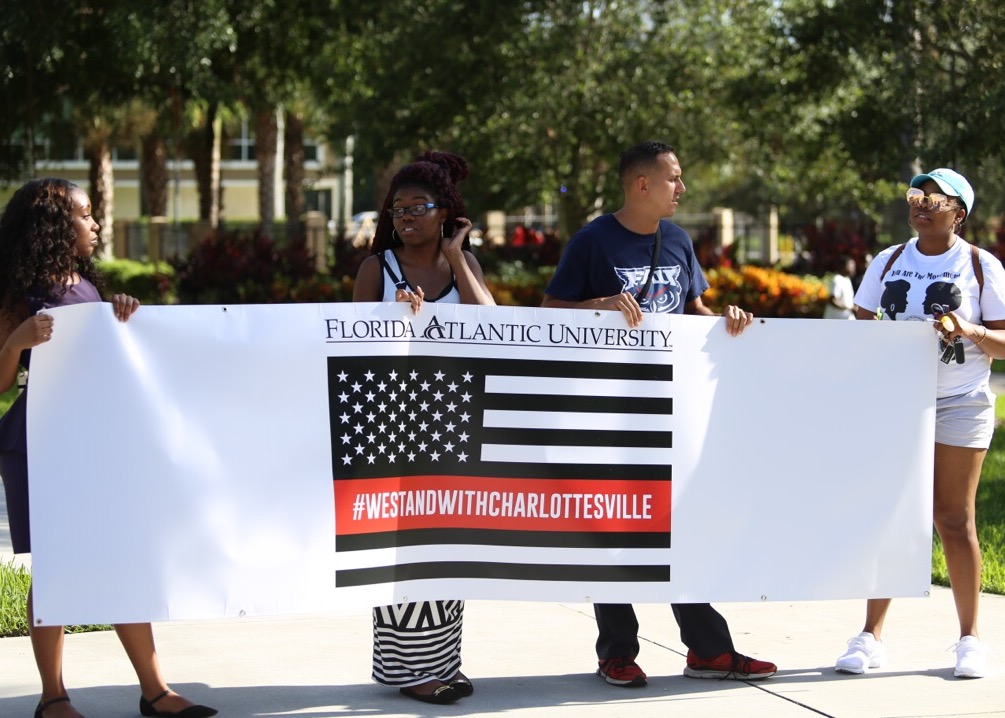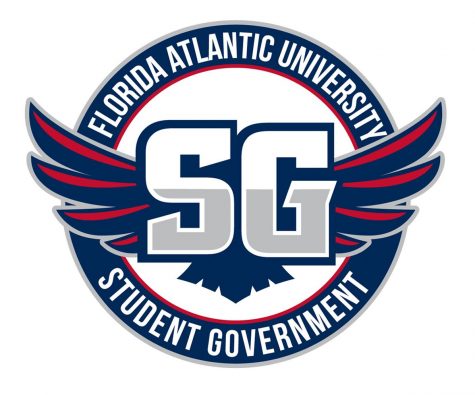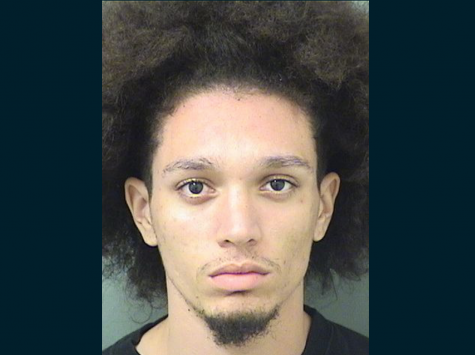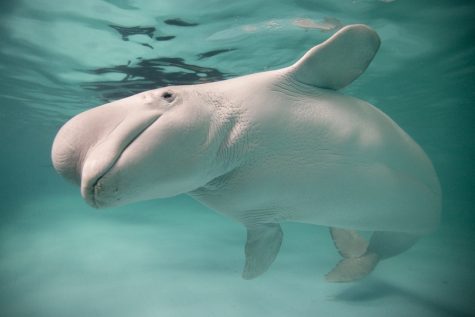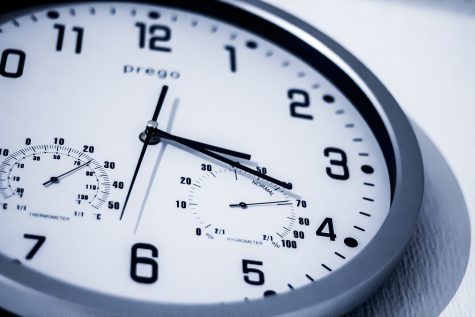Unity in the face of hate: Students, staff react to Charlottesville
FAU came together in a stand against white supremacy.
Students hold a banner before the march for Charlottesville in front of the Social Science Building. From left to right: student body Governor Der’Resha Bastien, Jordan Bowles, and Marek Madro. Alexander Rodriguez | Photo Editor
September 28, 2017
Eleven days before classes began at the University of Virginia, a white supremacist rally marched through the middle of the campus to protest the removal of a statue of Robert E. Lee, a Confederate general.
In turn, counterprotesters locked arms around a statue of Founding Father Thomas Jefferson. A fight broke out and both sides were injured.
The next day, a woman was killed after a 20-year-old white supremacist drove his car into a group of counterprotesters. Over 30 others were injured.
UVA started its semester Aug. 22, one day after FAU’s fall semester started.
During the first week of classes at the Boca campus, FAU’s NAACP chapter, alongside Student Government, organized a solidarity march in honor of the Charlottesville victims.
The main goal of the demonstration: to denounce hate groups.
“We can not let these [hate] groups remotely strike fear in us because we are stronger together than any obstacle that comes our way,” political action chair Jacqueline LaBayne said before the on-campus march began.
FAU President John Kelly released a statement condemning the acts by the hate groups a few days before the march.
“Universities and their surrounding communities have always been considered places for free speech and assembly, but racism, bigotry and violence will not be tolerated at FAU,” Kelly wrote.
The events at Charlottesville have been one of the most heavily reported news stories of the year. And some students disagree with how it was reported from the field.
Brandon Walker, chairman of the FAU College Republicans, condemned the attack, but believed the media turned Charlottesville into a chance to pit the left-wing against the right.
“It was terror, there was no other word for it,” Walker said in reference to the car-ramming.
But Walker felt that the media used its coverage to associate the alt-right and white supremacists with the Republican party.
“Not to cut short the life that was lost, but I think one of the biggest problems was that the media comes in and tries to politicize it for viewing purposes and media hits,” he said.
“I think that kind of turns the perspective a little bit from ‘a life lost’ to ‘the Republicans supported alt-right.’”
The College Republicans chairman believed President Donald Trump was criticized unfairly by the media after he condemned violence from both protesters and counterprotesters in his initial press conference concerning Charlottesville.
“The media said Trump didn’t condemn the white supremacy,” Walker said. “But I went back and read his tweet right after and just because he didn’t say the words they wanted him to use, they went on a Twitter ‘roast’ of the president.”
“I think that it’s really disrespectful no matter who it is, and I think that people have lowered the view of the president to under the common man, and I don’t think that’s healthy.”
One faculty member has been fighting hate groups since her own time in college.
Student Affairs Associate Vice President Andrea Guzman Oliver was a student at the University of Michigan when the Ku Klux Klan marched on campus. She was arrested while protesting the group’s hate speech.
The most recent white nationalist march in Charlottesville is all too relatable for the vice president of student outreach and diversity.
“When I first heard about the torch-bearing marches, I was in disbelief,” Oliver told the University Press. “I immediately began to search different media outlets as if I would find a report declaring that the tragedy had not actually occurred. Unfortunately, this was not the case.”
“I did think back to my days as a student protester and how helpless and unsupportive the environment felt to me,” Oliver said. “My immediate reaction was to get a pulse for what our students were feeling and how the Division of Student Affairs could best support them.”
While Oliver is a supporter of the U.S. Constitution and the right to free speech, she believes some hate groups can go too far.
“I believe that we learn through robust, diverse, and civil discourse,” she said. “However, it is important to note that the First Amendment was never intended to allow individuals to defame or threaten one another, and certainly not intended to incite violence.”
Following the solidarity march, student body Governor Der’Resha Bastien gave her take on the Charlottesville attack.
“I’m a little emotional and upset about this,” Bastien said. “As an African American woman at this university, I just want to say one thing: stay strong.”
A remembrance banner was signed and carried during the march, stating: “#WeStandWithCharlottesville.” It was later hung in the Student Union.
“Let’s not hang this banner on the wall and forget about something that we’ve done,” Bastien said. “This is a continual thing, it doesn’t stop here, I promise you it doesn’t. Things will continues to surface, we have a long way to go here in America.”
Timeline of Charlottesville events
Thomas Chiles is the features editor of the University Press. For information regarding this or other stories, email [email protected] or tweet him @thomas_iv.

